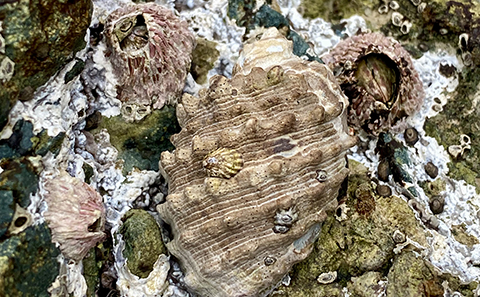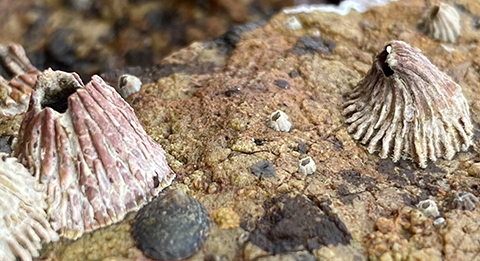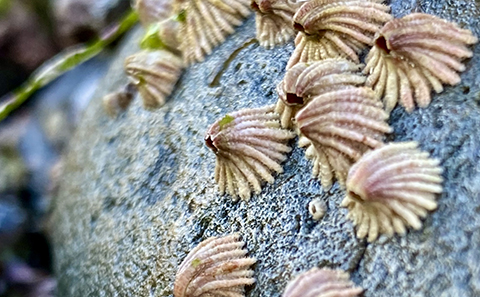In a remarkable display of adaptation, some barnacle species are undergoing physical transformations to protect themselves from the increasing threat of warm-water sea snails, a consequence of the ongoing climate change. This phenomenon, detailed in a study led by the University of Southampton and published in the Journal of Biogeography, offers a window into how marine life is responding to the challenges posed by a warming planet.
The study focuses on the barnacle species Tetraclita rubescens, which is encountering new, larger predators as a result of ‘tropicalisation’ – a process where warm-water predators, previously limited to subtropical and tropical regions, are expanding into more temperate waters. This shift is driven by rising global sea-surface temperatures and an increase in marine heatwaves, reshaping coastal marine communities.

Dr. Phillip Fenberg, Associate Professor in Ocean and Earth Science at the University of Southampton and the lead author of the research, explains, “We found that bent morphs of T. rubescens were more common in the most southern part of its geographic range in the Baja California peninsula of Mexico, which is a region undergoing tropicalisation.”
The research team, which included Karolina Zarzyczny, a co-author of the paper, conducted a comprehensive study across 30 sites along the Pacific coast of North America. They examined over a thousand photographs taken between 2017 and 2022 to determine the prevalence of ‘bent morphs’ – individual barnacles that morph into a bent shape, obscuring an opening in their shells vulnerable to attacks by predatory sea snails.

These bent morphs, while having slower growth and lower reproduction rates compared to the standard cone-shaped barnacles, represent a necessary adaptation for survival. Interestingly, bent morphs were predominantly found in the Baja California peninsula, where they constituted an average of 29% of the populations and were significantly smaller than their cone-shaped counterparts.
Similar Posts
Zarzyczny sheds light on the absence of bent morphs in cooler regions like California, USA, suggesting that the bent morph defense might be unnecessary, ineffective, or genetically unfeasible in these areas. She notes, “Cold-water sea snails, which are smaller than their warm-water relatives, might prefer preying on other barnacle species or attack their prey differently, making the bent shape a less effective defense.”
This study not only highlights the adaptability of marine species like T. rubescens but also underscores the broader implications of tropicalisation on marine ecosystems. The researchers emphasize the need for further research to fully understand the drivers and consequences of this phenomenon.
The bent morph defence might be unnecessary, ineffective or not possible for barnacles in the cooler regions of its geographic range in California. We know that T. rubescens are preyed upon by cold-water sea snails, but these snails are smaller than their warm-water relatives and might prefer to prey on other barnacle species which pose less of a challenge. The bent shape could also be a less effective defence against cold-water predators, who attack their prey differently. Finally, more northerly populations in California may not have the genetic capacity to produce bent morphs, but this has yet to be determined.
Karolina Zarzyczny, Co-Author, University of Southampton
Funded by The Royal Society, the Natural Environment Research Council (NERC), and other notable organizations, this research stands as a testament to the dynamic and responsive nature of marine life in the face of environmental changes. It also serves as a crucial reminder of the ongoing impacts of climate change on our planet’s ecosystems.
As we continue to witness these transformations, studies like this one are essential in informing conservation strategies and understanding the complex interplay between species and their changing habitats. The resilience and adaptability of species like T. rubescens offer a glimpse into the natural world’s capacity to respond to challenges, yet also highlight the urgent need to address the underlying causes of climate change.


















